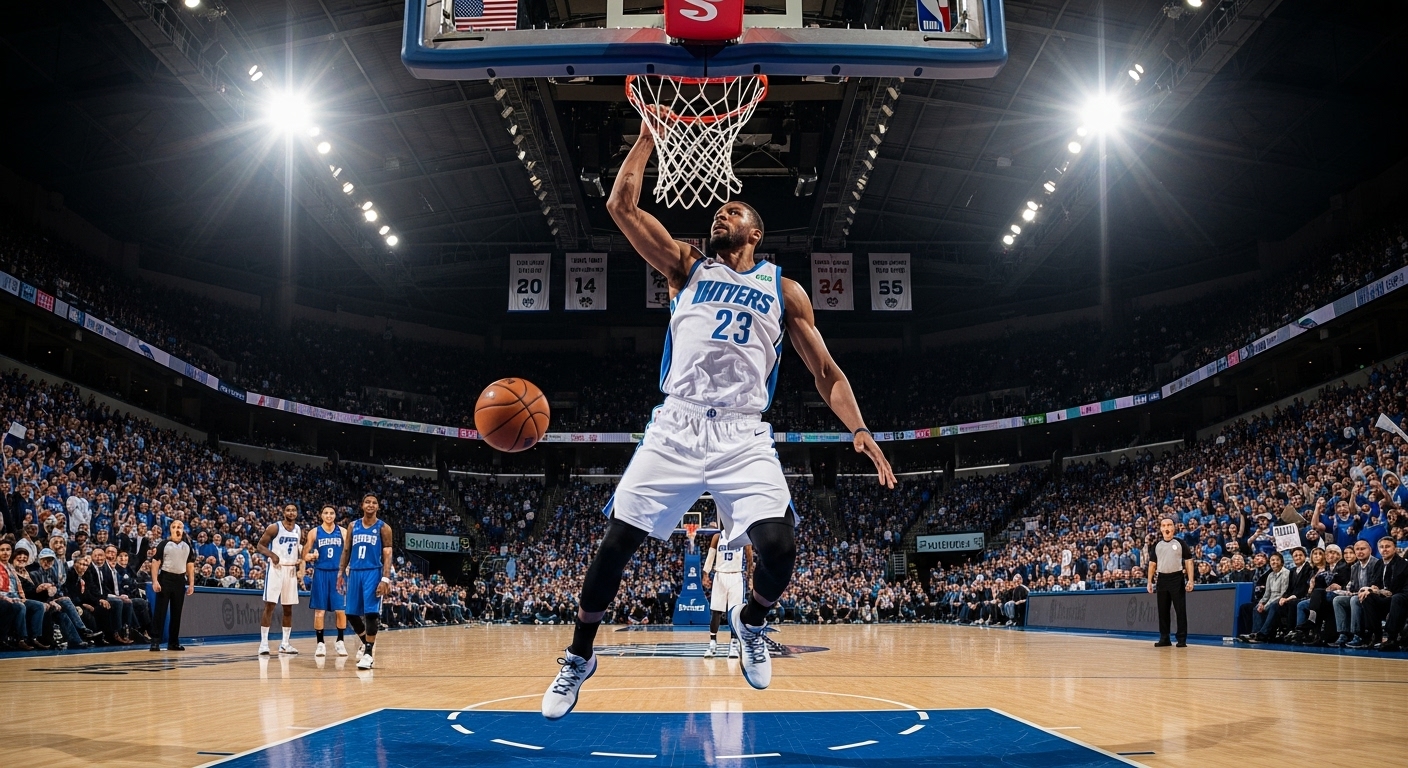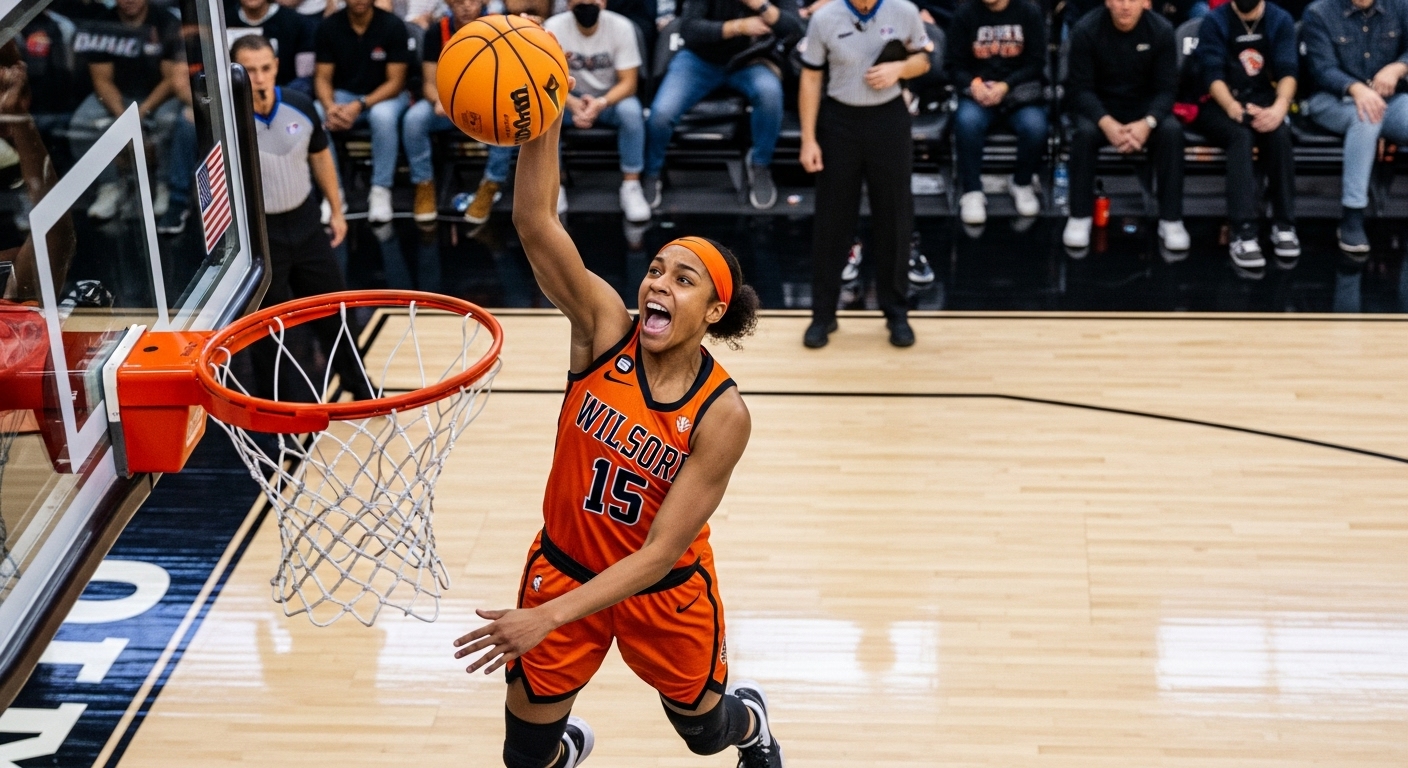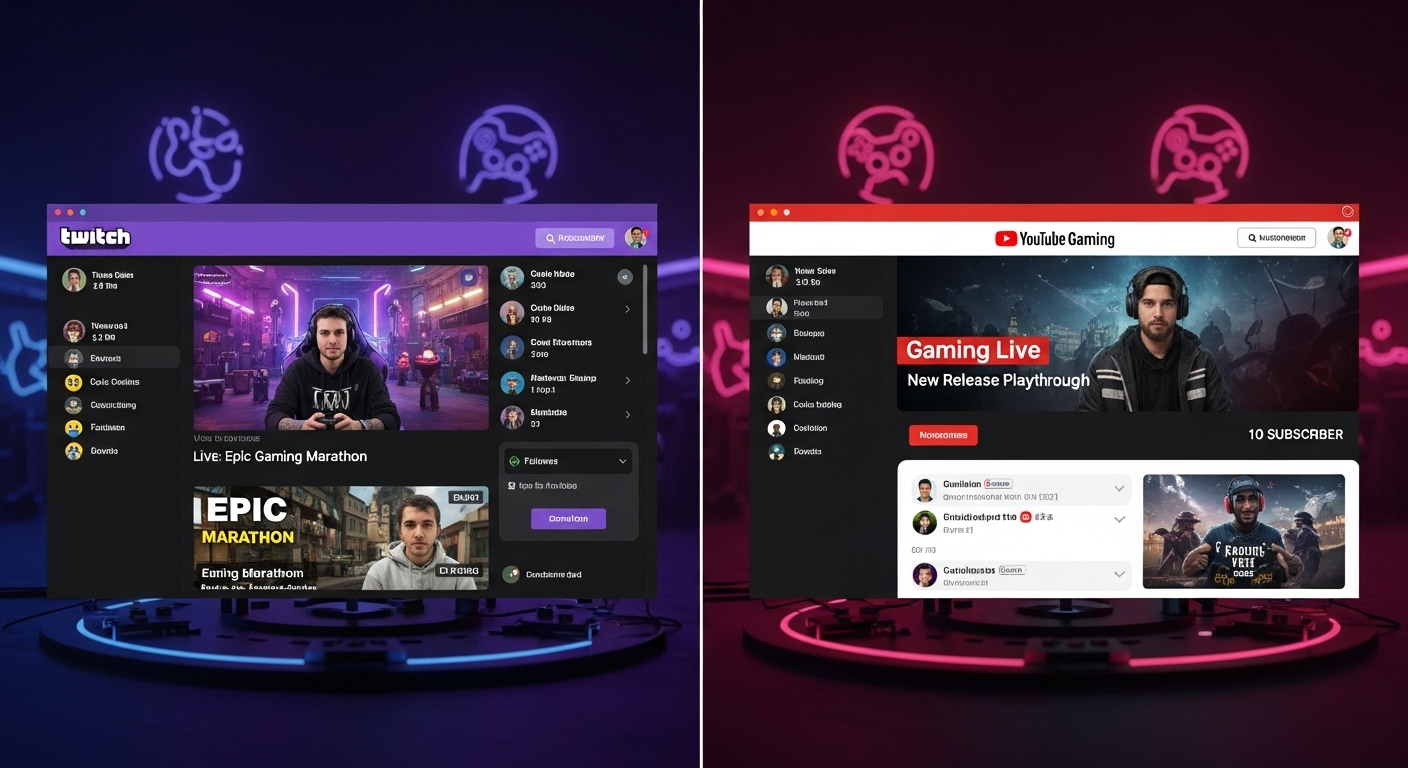Introduction
In the fast-paced, high-pressure world of esports, losing streaks are inevitable. Even the most dominant teams and players — the ones with record-breaking wins and legendary plays — eventually hit a slump. Whether it’s due to a patch change, internal team issues, fatigue, or simply bad luck, losing streaks can shake confidence, test team chemistry, and push mental endurance to its limits.
Handling a losing streak is not just about improving performance; it’s about preserving mindset, adapting strategies, and maintaining composure in an environment where public scrutiny, social media criticism, and competitive expectations weigh heavily. The difference between champions and everyone else is not that they never lose — it’s how they respond when they do.
This blog explores how professional esports players and teams handle losing streaks, both mentally and strategically, and what lessons aspiring gamers can learn from their resilience.
Understanding the Nature of Losing Streaks
A losing streak isn’t just a sequence of defeats — it’s a complex emotional and psychological challenge that affects every part of a player’s performance.
Common causes of losing streaks include:
- Meta shifts that make old strategies ineffective.
- Team coordination breakdowns or poor communication.
- Overconfidence after a period of success.
- Burnout or fatigue from long tournaments or practice sessions.
- Mental pressure from fans, organizations, or personal expectations.
When losses start piling up, frustration and self-doubt can creep in. Players begin overanalyzing their mistakes, second-guessing calls, or losing trust in teammates. The hardest part is not necessarily the gameplay — it’s the mental spiral that follows.
The Psychological Impact of Losing
Competitive gaming is as much a mental sport as a mechanical one. The pressure to perform in front of thousands — or even millions — of viewers amplifies every loss.
Psychological effects include:
- Decreased confidence: Players question their abilities.
- Performance anxiety: Fear of repeating mistakes leads to hesitation.
- Frustration and tilt: Emotional reactions cloud rational decision-making.
- Loss of motivation: When improvement feels impossible, players disengage.
Recognizing these signs early is crucial. The most successful teams have systems to identify when players are mentally fatigued or emotionally burned out, ensuring intervention before morale collapses completely.
Step 1: Acceptance Before Adjustment
The first and most important step in breaking a losing streak is acceptance. Many players fall into denial — blaming bad luck, teammates, or patch changes instead of analyzing their own shortcomings.
Accepting that losses are part of competition allows players to shift focus from frustration to growth. It transforms the mindset from “Why are we losing?” to “How do we get better?”
Top-tier professionals view losing streaks as opportunities to reset. They understand that learning comes faster from defeat than from victory.
Step 2: Reviewing and Reflecting
Once emotions settle, the analytical process begins. Teams and players review replays, analyze mistakes, and identify patterns in their defeats.
Professional review methods include:
- VOD Analysis: Coaches and analysts break down replays to find strategic weaknesses.
- Statistical Review: Tracking kill-death ratios, economy management, or objective control rates.
- Individual Assessments: Players watch their own performances to pinpoint habits that cause problems.
- Communication Review: Scrims and matches are analyzed for call clarity and response timing.
In League of Legends or Valorant, a single miscommunication — such as mistimed utility or misread rotations — can cause entire rounds to crumble. Identifying these moments builds awareness and prevents repetition.
The goal of review sessions isn’t to assign blame but to create solutions. The best teams critique constructively, using setbacks as blueprints for future success.
Step 3: Resetting Mentally
Mental recovery is often the most overlooked aspect of dealing with losing streaks. Constant competition creates immense cognitive fatigue. The best players know that sometimes, the only way to win again is to step back.
Mental reset techniques include:
- Short breaks to clear the mind and avoid burnout.
- Meditation or breathing exercises to regain focus.
- Spending time away from the game to rebuild perspective.
- Talking openly with teammates, coaches, or psychologists.
Organizations like T1 and Team Liquid employ sports psychologists who help players manage stress, reframe losses, and rebuild self-belief. Maintaining mental health is no longer optional — it’s a competitive necessity.
Step 4: Team Communication and Honesty
When teams lose repeatedly, tension builds. Blame, ego clashes, or silence can destroy synergy faster than any tactical mistake. Clear communication is the foundation of recovery.
Healthy communication during losing streaks means:
- Holding open team meetings where everyone can speak honestly.
- Separating constructive criticism from emotional venting.
- Reinforcing trust — reminding each other of shared goals.
- Keeping discussions professional and focused on solutions.
Many teams fall apart not because of the losses themselves, but because they fail to communicate through the frustration. Elite teams treat every conversation as a way to strengthen unity, not divide it.
Step 5: Tactical Adaptation and Meta Flexibility
Sometimes, losing streaks expose a strategic flaw rather than an emotional one. The team’s playstyle might no longer suit the current meta or patch updates. In these cases, tactical adjustments become essential.
Examples of tactical adaptation:
- Role swaps: Changing which player handles certain roles or agents.
- Drafting revisions: Adjusting pick/ban priorities in games like Dota 2 or LoL.
- Tempo shifts: Moving from aggressive early play to late-game scaling strategies.
- Composition experiments: Testing new synergy combinations during scrims.
The Fnatic Valorant roster famously broke a slump by reworking agent compositions entirely, switching from standard setups to creative, unpredictable drafts that reignited their momentum.
Flexibility is the antidote to stagnation. Teams that experiment intelligently eventually find a style that works again — reigniting their confidence in the process.
Step 6: Individual Improvement
Every losing streak has both team-wide and individual causes. Strong players use losing periods to rebuild their fundamentals.
Common methods include:
- Mechanical training: Repetition-based drills to sharpen aim or reaction time.
- Solo queue improvement: Focusing on personal decision-making outside team pressure.
- Custom scenarios: Practicing specific weaknesses like clutch rounds or map control.
- Watching role models: Studying how top pros in the same role handle situations differently.
By focusing on controllable factors, players regain confidence in their ability to contribute positively — a crucial psychological boost.
Step 7: Emotional Regulation and Avoiding Tilt
“Tilting” — playing emotionally instead of strategically — is one of the biggest dangers during a losing streak. Tilt leads to impulsive decisions, mechanical errors, and further frustration.
Ways pros prevent tilt include:
- Establishing cooldown routines between games.
- Muting toxicity in ranked matches.
- Having coaches intervene when frustration peaks.
- Using humor or relaxation to diffuse tension after losses.
Maintaining composure doesn’t mean ignoring emotion — it means controlling it. Players who master emotional regulation develop mental toughness that carries them through the hardest competitive phases.
Step 8: Rebuilding Confidence Gradually
Confidence doesn’t return overnight. Players must earn it back through consistent improvement and small victories.
Confidence-building methods:
- Setting micro goals (e.g., focusing on communication improvement instead of match results).
- Celebrating progress, not just wins.
- Returning to comfort picks or maps to rebuild rhythm.
- Playing in smaller scrims or practice tournaments to regain momentum.
Every regained round, clutch moment, or successful strategy becomes proof that the team is recovering. Over time, belief replaces doubt.
Step 9: Learning from Champions
The greatest esports players in history all faced losing streaks — and learned from them.
- Faker (T1): After falling from dominance in multiple seasons, he rebuilt his gameplay around leadership and adaptability rather than mechanics alone.
- OG Dota 2: After early failures in 2018, they embraced mental resilience and creativity, returning to win back-to-back Internationals.
- Team Liquid (CS:GO): After repeated grand final losses, they used those defeats as data, fine-tuning strategies to eventually dominate multiple tournaments.
Champions aren’t immune to failure — they simply turn failure into fuel.
Step 10: Keeping Perspective and Purpose
At the core of resilience is perspective. A losing streak feels devastating in the moment, but it’s temporary. Players who maintain a broader outlook see losses as part of the process, not the end of it.
They remind themselves:
- Every slump ends eventually.
- Improvement is built on mistakes.
- Success means nothing without adversity.
Purpose-driven players — those who compete for passion, self-mastery, or team pride — endure losing streaks far better than those who chase only trophies. Purpose provides motivation when wins don’t.
The Role of Support Systems
Behind every esports athlete is a support network that helps navigate losing streaks. Coaches, analysts, psychologists, and even family play key roles in maintaining balance.
Coaches guide strategy and keep morale steady.
Analysts provide data-driven insights to avoid emotional decision-making.
Psychologists teach mental recovery techniques.
Teammates and friends offer reassurance and humor when pressure peaks.
The ecosystem around a player is often the difference between prolonged slumps and swift recoveries.
Lessons for Aspiring Players
For anyone aspiring to compete in esports, understanding how to handle losing streaks is vital. Here’s what to remember:
- Don’t panic — assess. Every losing streak is temporary.
- Stay disciplined. Keep to routines even when motivation drops.
- Focus on what’s controllable. Mindset, communication, and effort always are.
- Seek feedback. Sometimes external perspectives reveal what emotion hides.
- Take breaks when needed. Rest is part of growth, not a sign of weakness.
Esports isn’t just about skill — it’s about emotional endurance. Players who manage stress, maintain structure, and learn from setbacks climb faster and fall less dramatically.
Conclusion
Losing streaks test everything — confidence, communication, strategy, and mental strength. But they also offer the most valuable lessons in competitive gaming. Every great team has faced them, every champion has overcome them, and every player who endures them grows stronger because of them.
Handling a losing streak is not about denying frustration; it’s about channeling it — into reflection, improvement, and resilience. The players who master this process don’t just recover their form; they emerge smarter, calmer, and more dangerous than ever.




